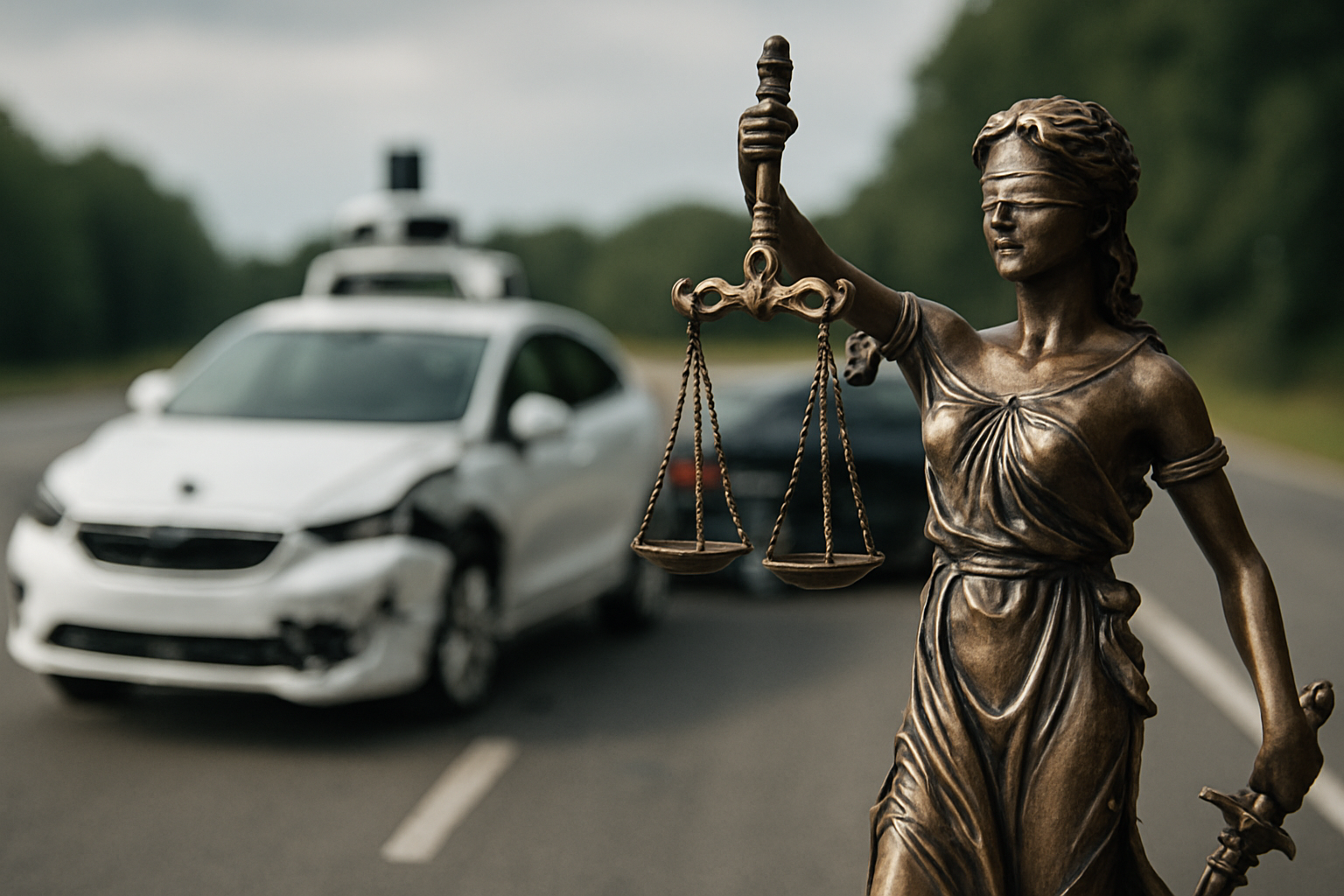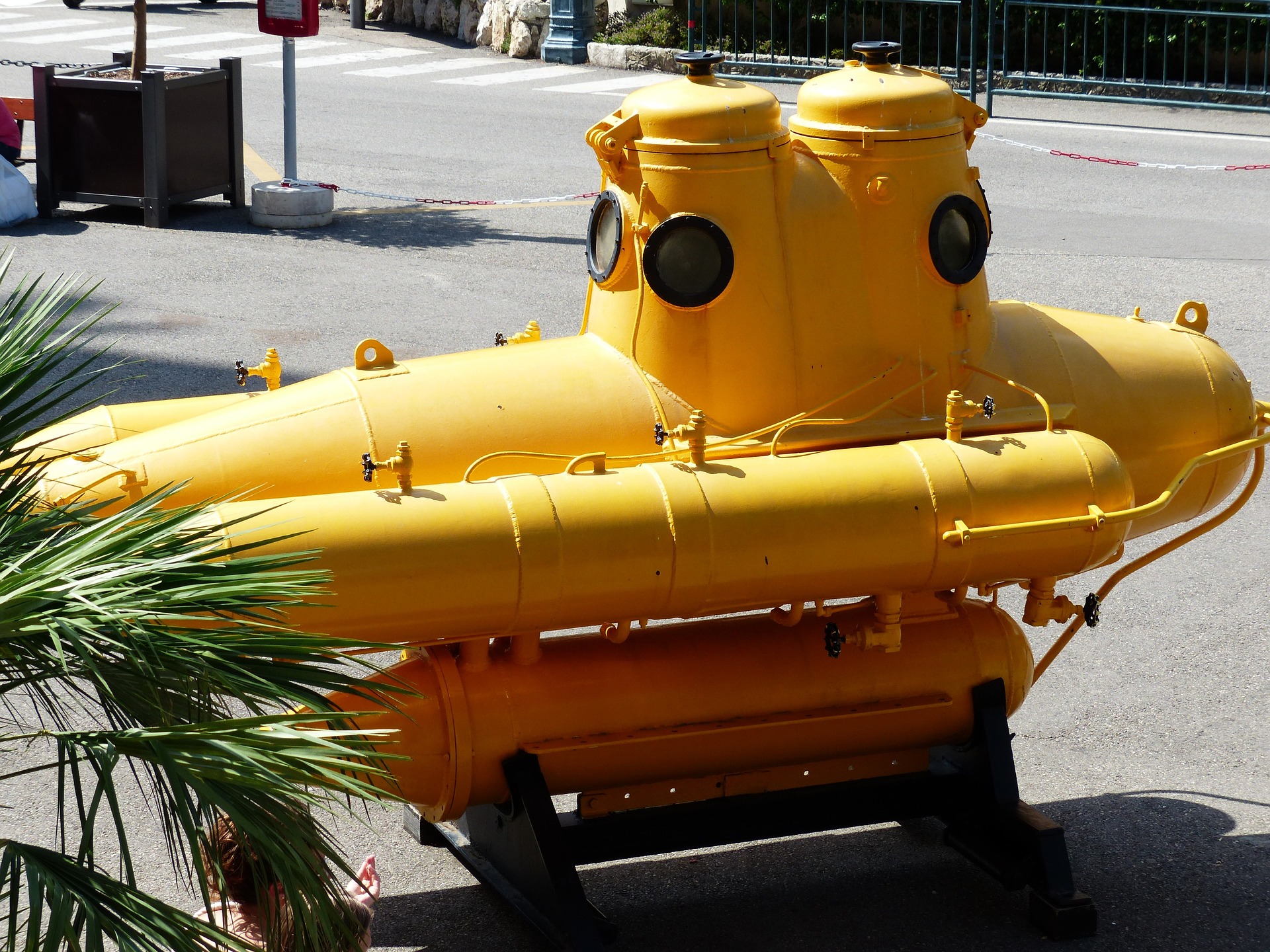Title: The Legal Nuances of Autonomous Vehicle Liability
Introduction: As self-driving cars edge closer to widespread adoption, a complex web of legal questions emerges. This article delves into the evolving landscape of autonomous vehicle liability, exploring how traditional concepts of responsibility are being reshaped in the age of artificial intelligence and machine learning.

The Current Legal Framework
The existing legal framework for vehicle liability is primarily based on the concept of driver negligence. When accidents occur, investigations typically focus on determining whether a driver violated traffic laws or failed to exercise reasonable care. However, autonomous vehicles fundamentally alter this paradigm. With human drivers becoming passive participants or entirely absent, the traditional notions of driver responsibility become increasingly obsolete.
Shifting Liability: From Driver to Manufacturer
As vehicles become more autonomous, there’s a growing consensus that liability may shift from individual drivers to manufacturers. This shift is rooted in the principle of product liability, where manufacturers are held responsible for defects in their products. In the context of autonomous vehicles, this could extend to flaws in the vehicle’s software, sensors, or decision-making algorithms.
The Role of AI and Machine Learning in Liability
Artificial intelligence and machine learning are at the core of autonomous vehicle technology. These systems make split-second decisions based on complex algorithms and vast amounts of data. From a legal perspective, this raises intriguing questions about foreseeability and intent. How do courts assess the “reasonableness” of an AI’s decision? Can an AI system be held to the same standard as a human driver?
Regulatory Challenges and Legislative Responses
Legislators around the world are grappling with how to regulate autonomous vehicles effectively. Some jurisdictions have already passed laws addressing various aspects of self-driving technology, including testing requirements, data privacy, and liability frameworks. However, these efforts are often piecemeal and struggle to keep pace with rapid technological advancements.
Insurance and Autonomous Vehicles
The insurance industry is also adapting to the era of autonomous vehicles. Traditional auto insurance models, based on assessing individual driver risk, may become obsolete. Instead, we may see a shift towards product liability insurance for manufacturers or new forms of hybrid coverage that account for both human and AI-driven decisions.
Legal Precedents and Case Studies
While fully autonomous vehicles are not yet widespread, there have been notable legal cases involving semi-autonomous systems. These cases provide valuable insights into how courts may approach liability issues in the future. For instance, accidents involving Tesla’s Autopilot feature have raised questions about the interplay between driver responsibility and manufacturer liability.
International Perspectives on Autonomous Vehicle Liability
The global nature of the automotive industry necessitates considering international approaches to autonomous vehicle liability. Different countries are adopting varied strategies, from comprehensive regulatory frameworks to more cautious, incremental approaches. These divergent approaches could have significant implications for global automotive manufacturers and cross-border travel.
Ethical Considerations in Autonomous Vehicle Decision-Making
Beyond strictly legal considerations, autonomous vehicles raise profound ethical questions. How should an AI system prioritize different lives in potential accident scenarios? Should vehicles be programmed to prioritize passenger safety over pedestrians? These ethical dilemmas have legal implications and may influence how courts and legislators approach liability issues.
The Future of Autonomous Vehicle Liability
As technology continues to evolve, so too will the legal landscape surrounding autonomous vehicles. We may see the emergence of new legal concepts specifically tailored to AI-driven transportation. This could include novel approaches to assessing negligence, new standards for product liability, or even the recognition of AI entities as legal persons in certain contexts.
In conclusion, the intersection of autonomous vehicles and liability law represents a frontier in legal thought. As we navigate this complex terrain, it’s clear that traditional legal concepts will need to be reimagined and adapted. The decisions made in courtrooms and legislatures today will shape the future of transportation and set precedents for how we integrate AI into other aspects of our legal system. As autonomous vehicles become more prevalent, the legal community must remain agile, innovative, and forward-thinking to address the challenges and opportunities presented by this transformative technology.





